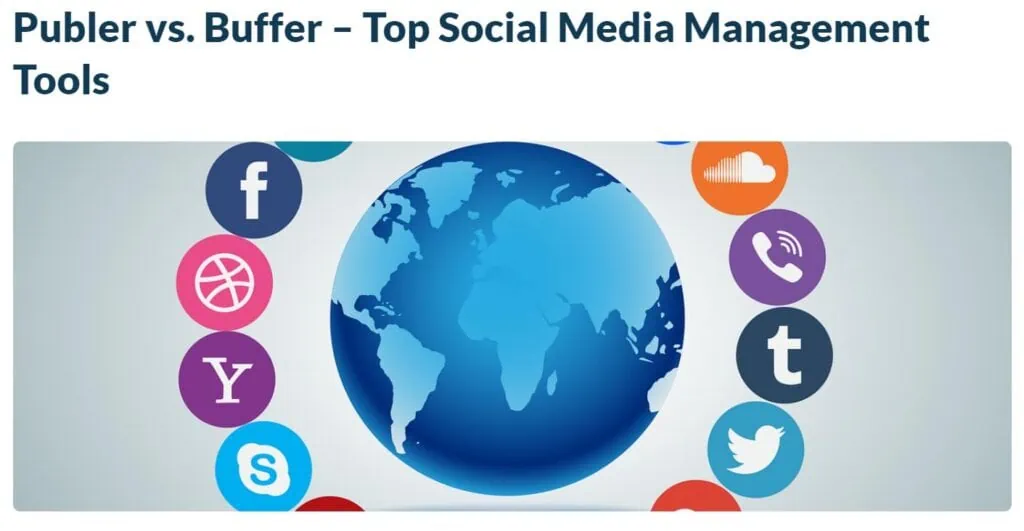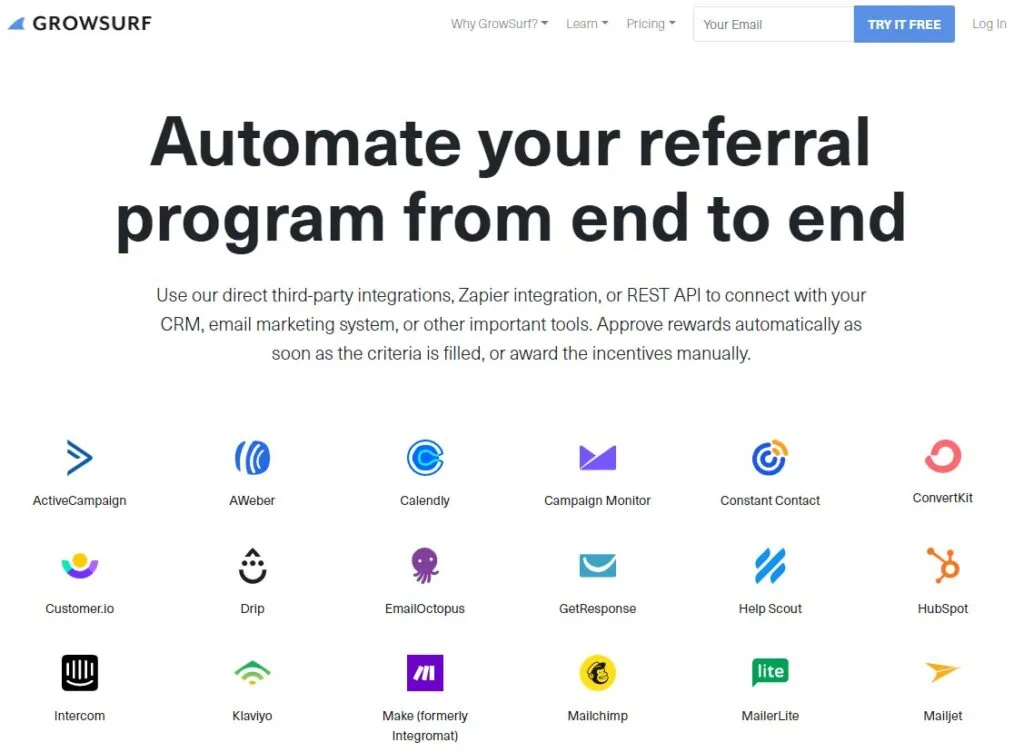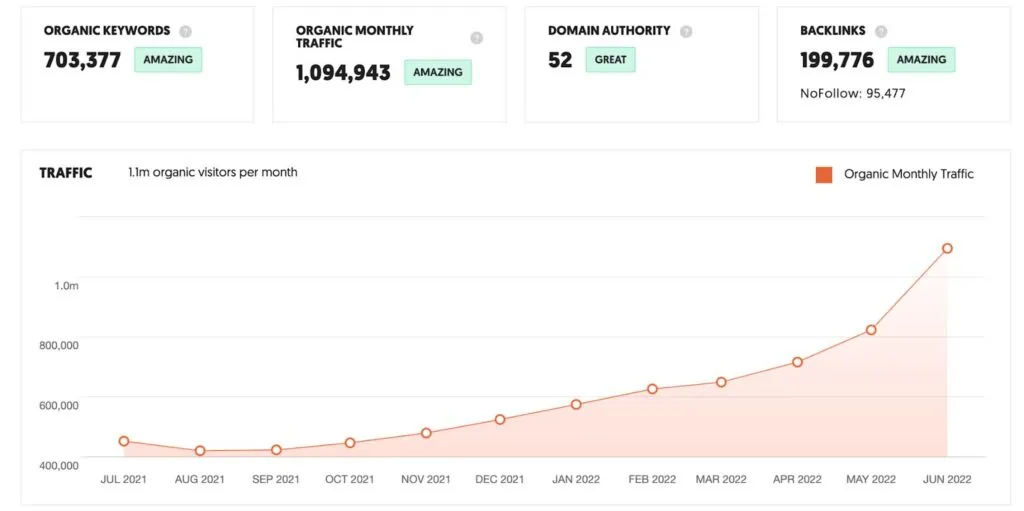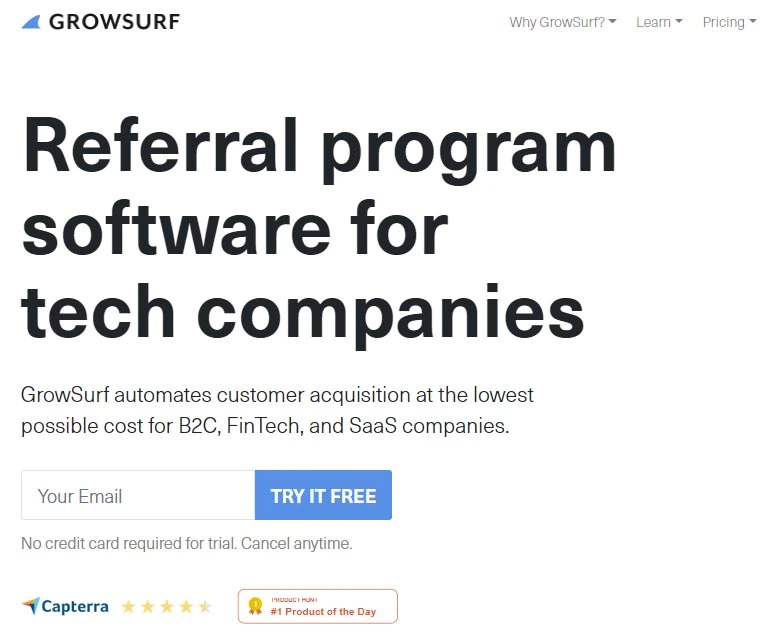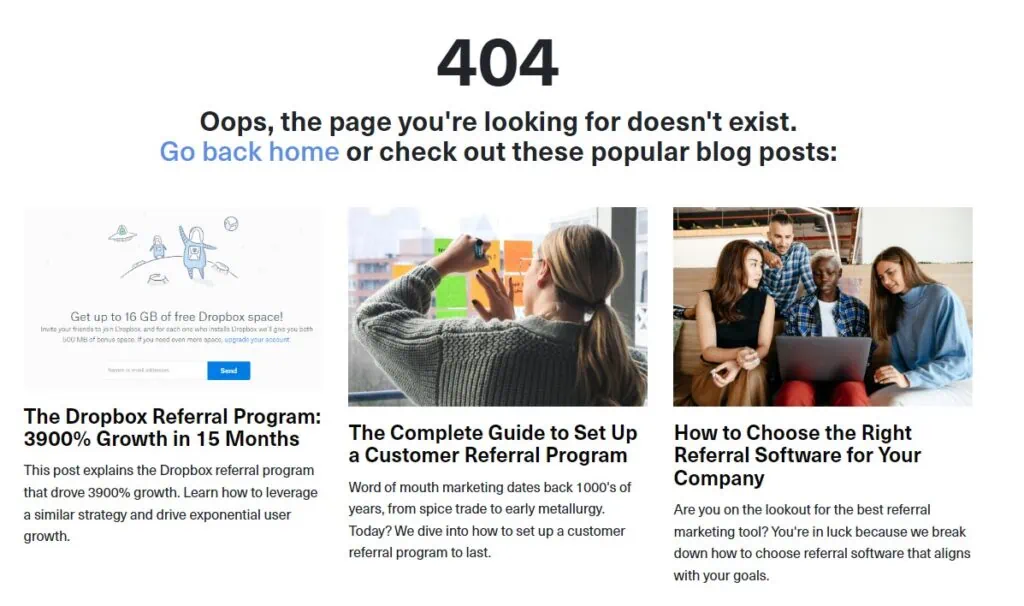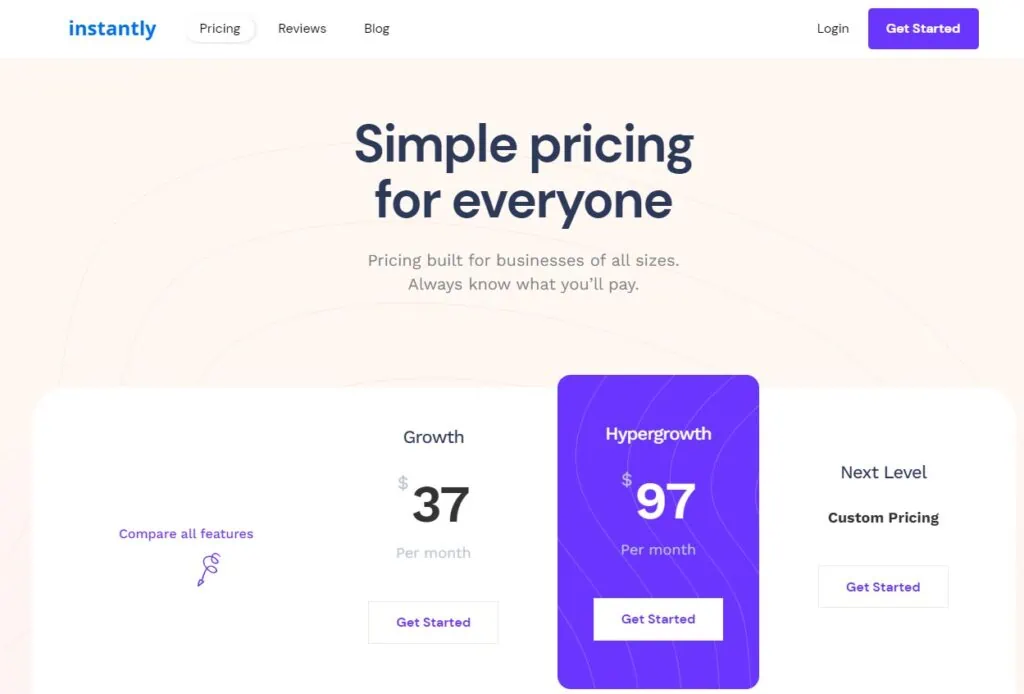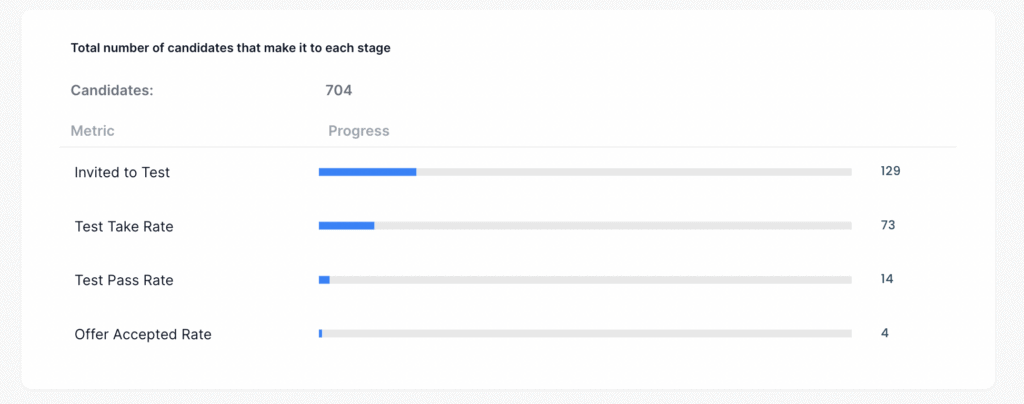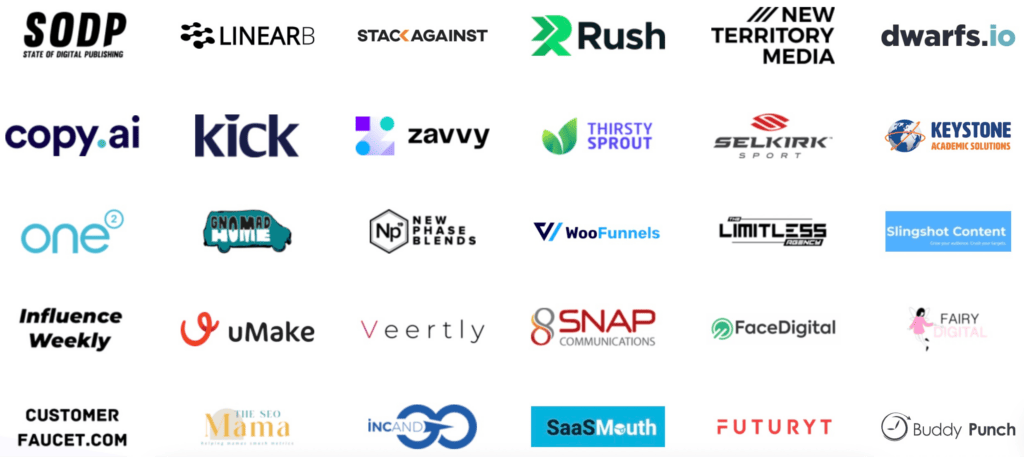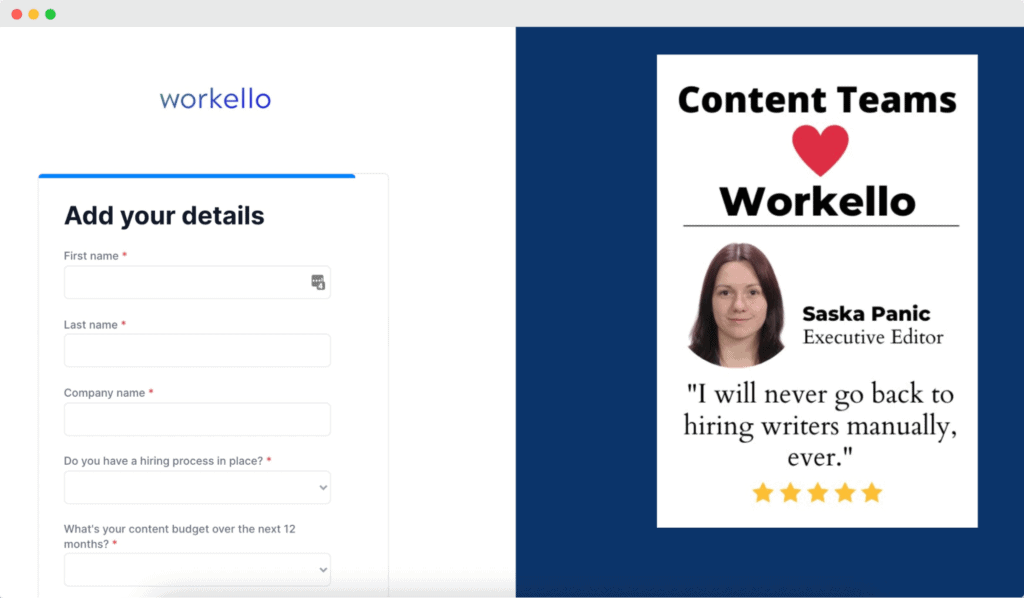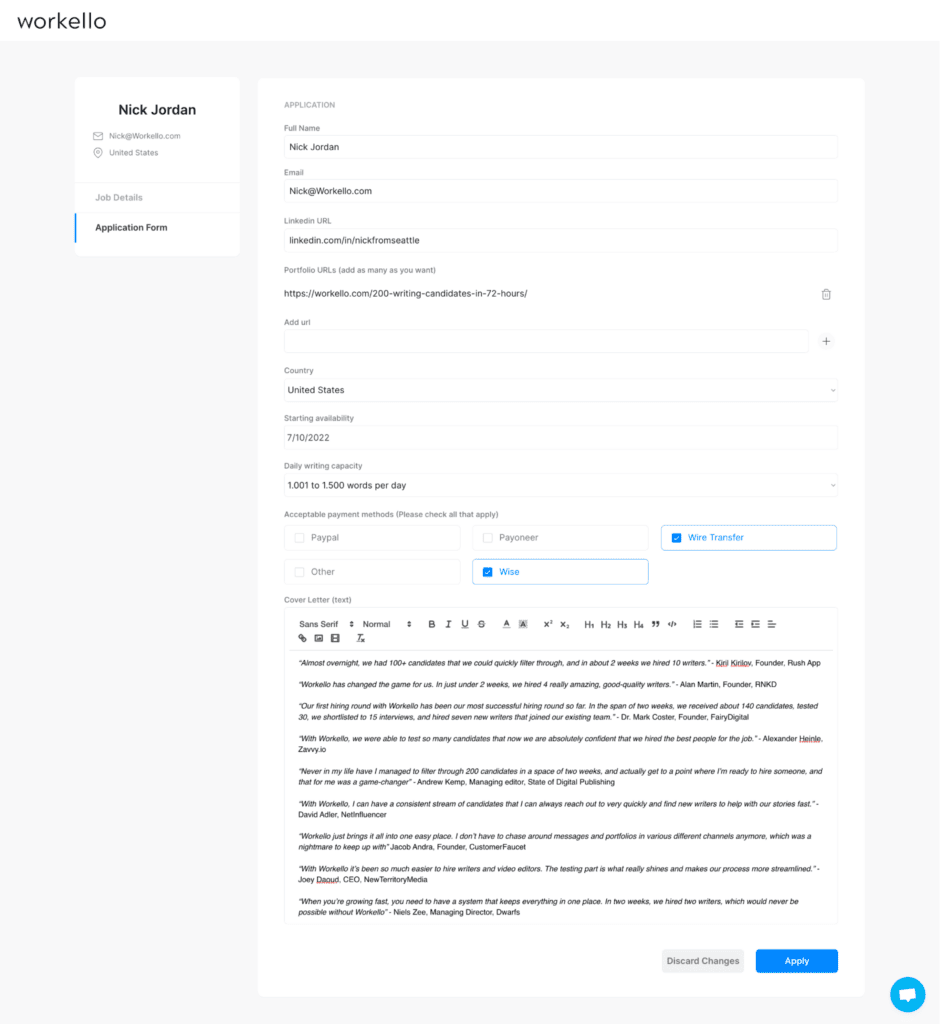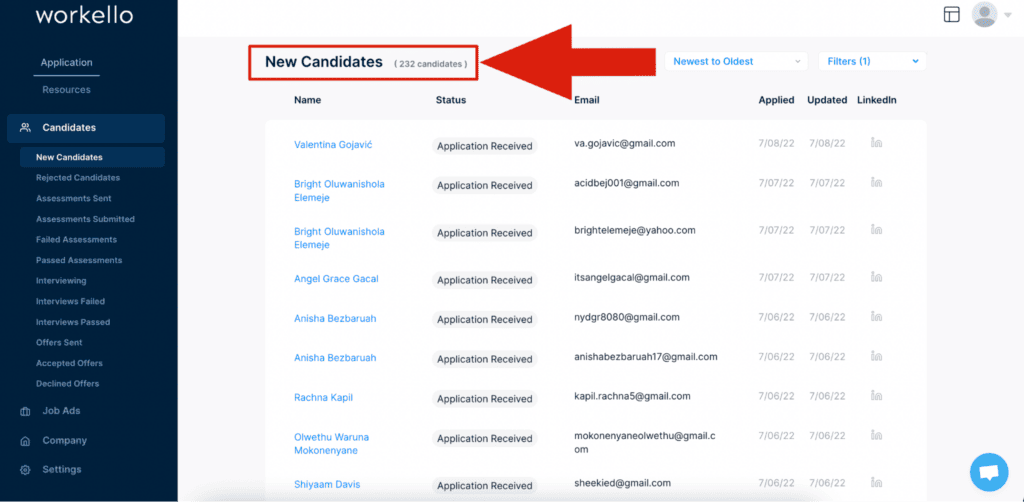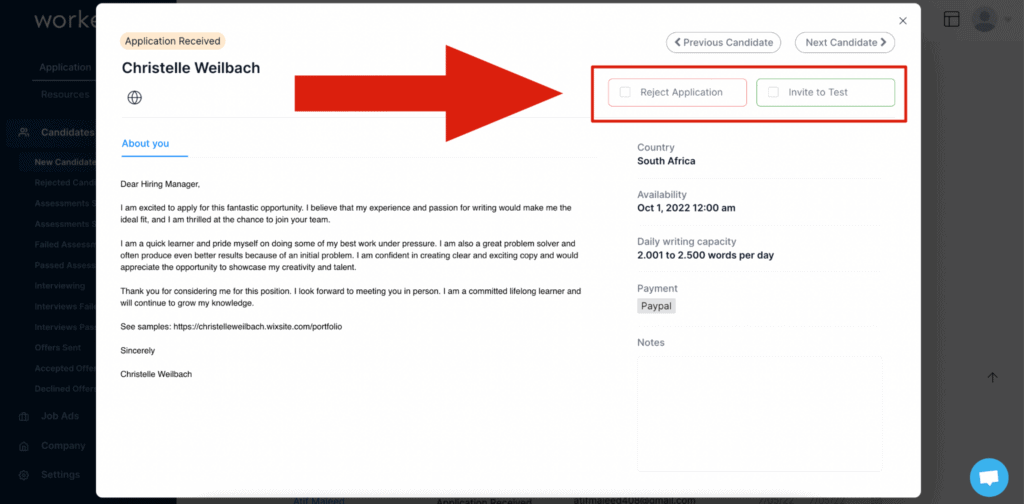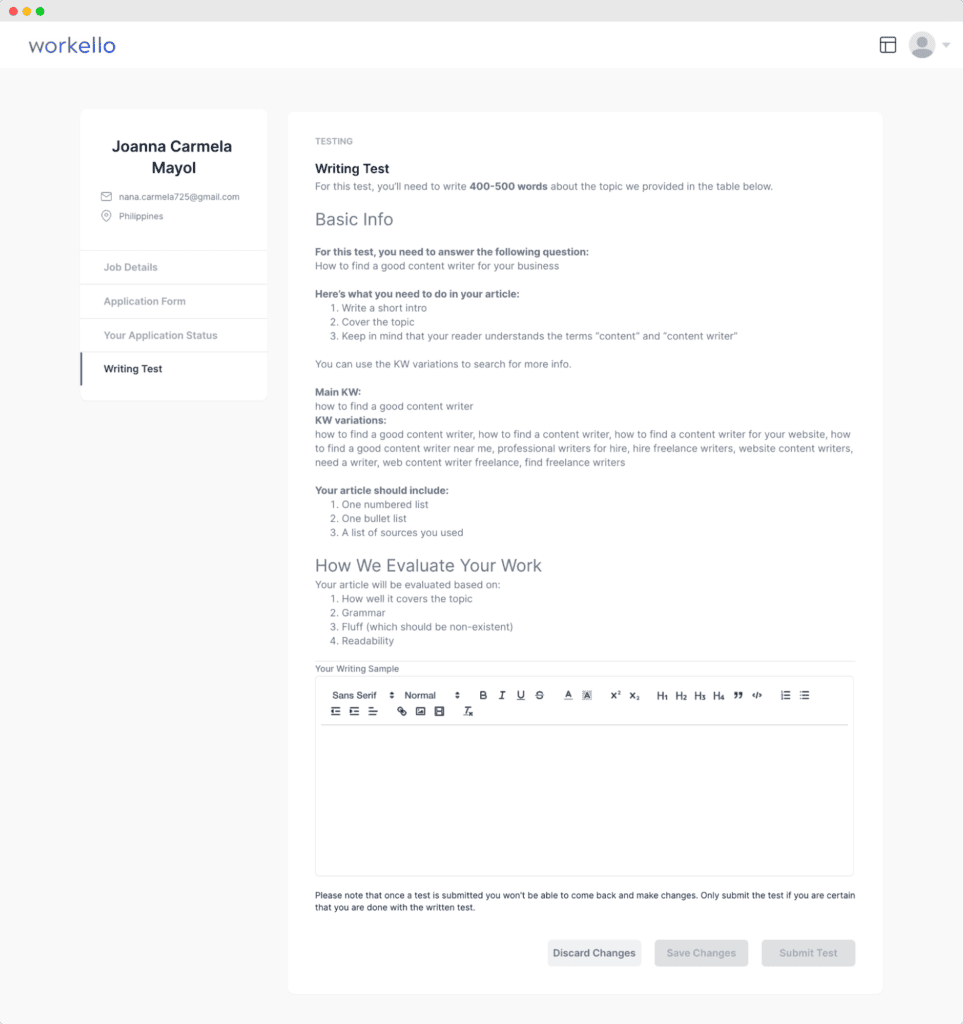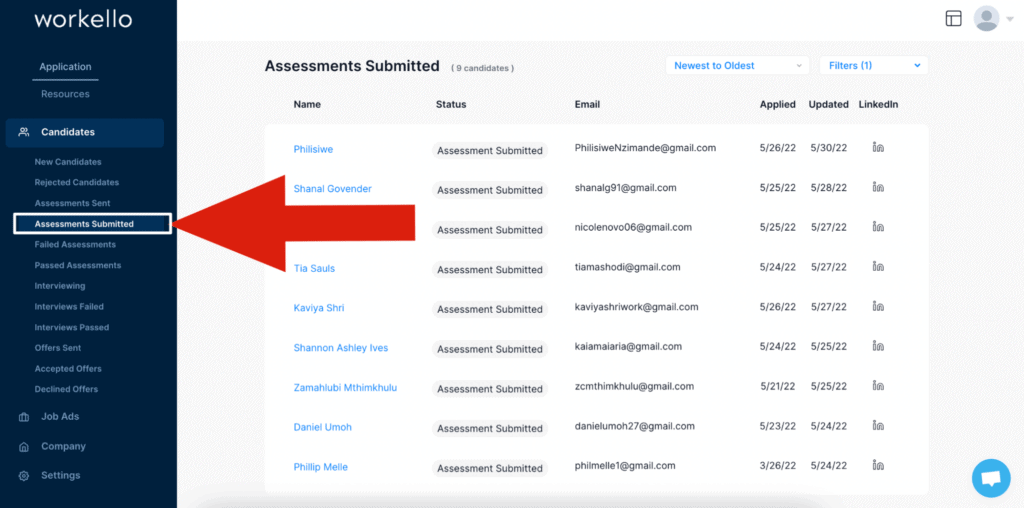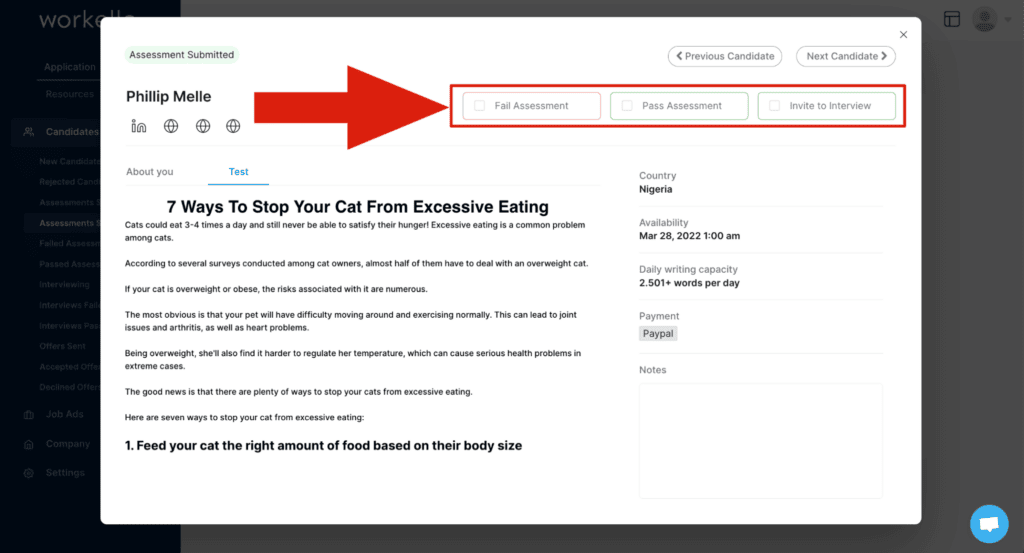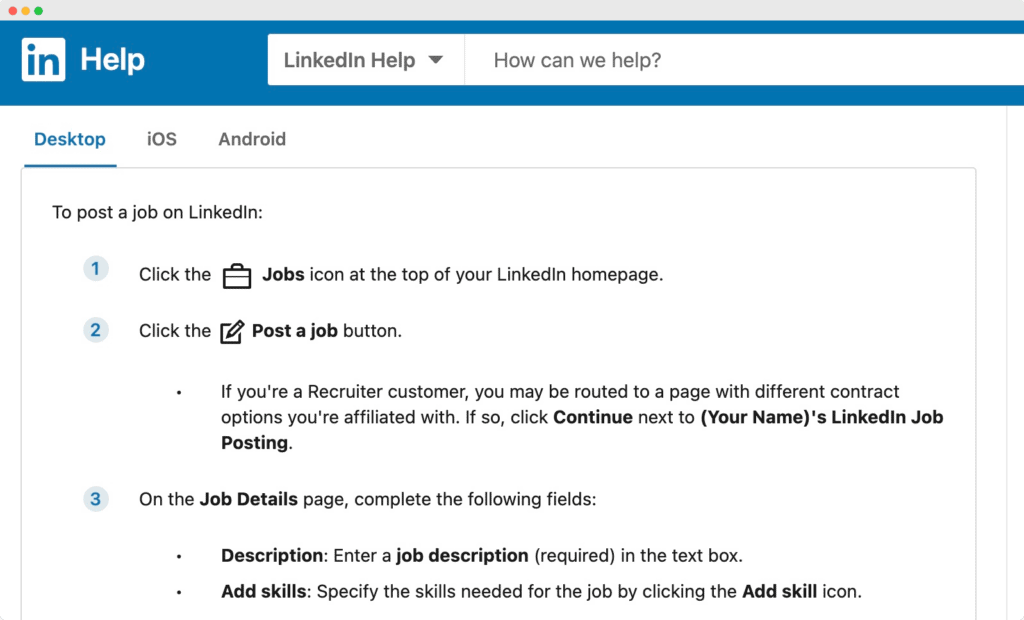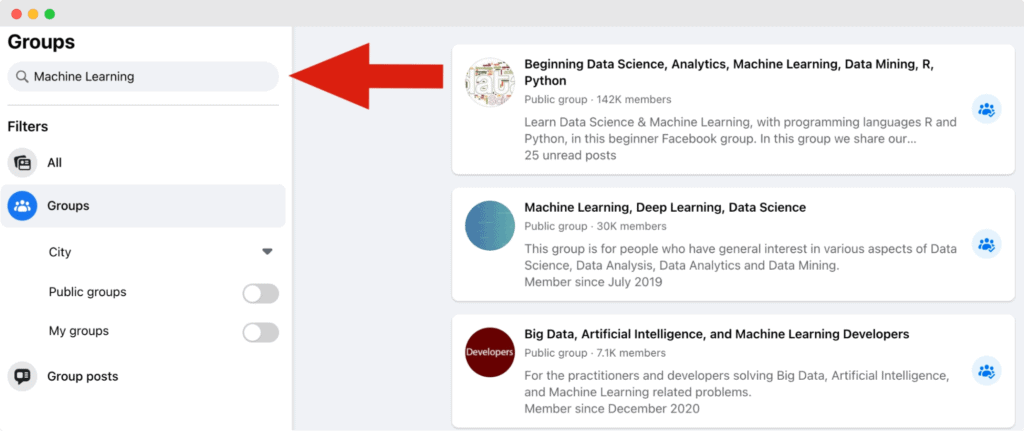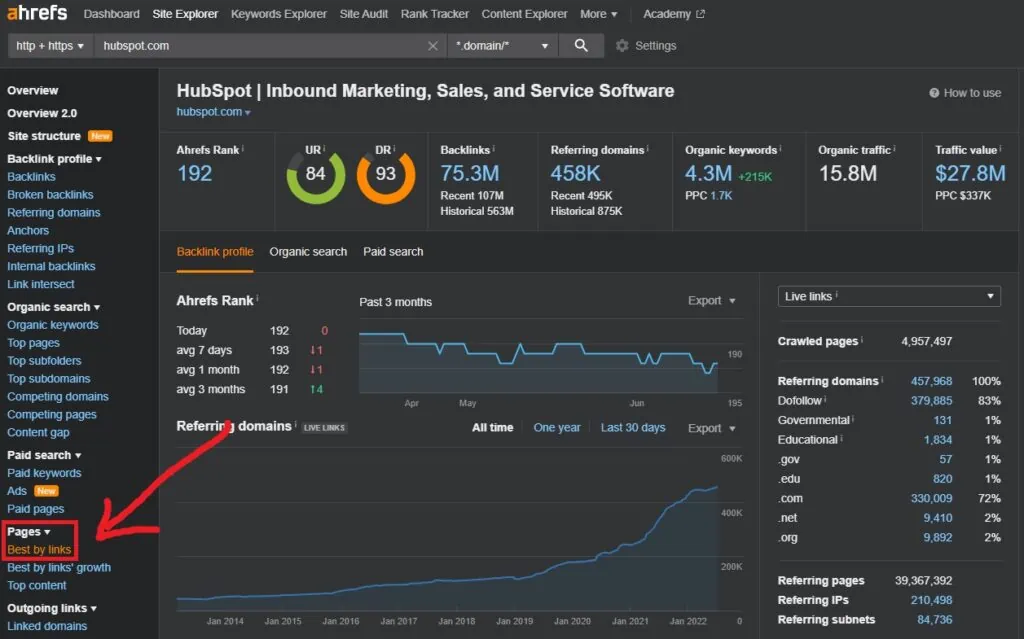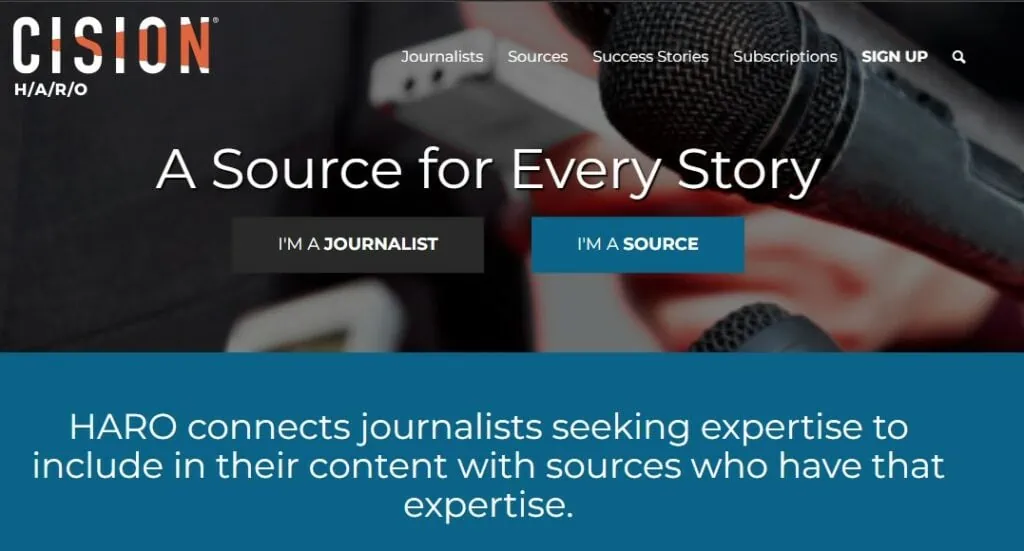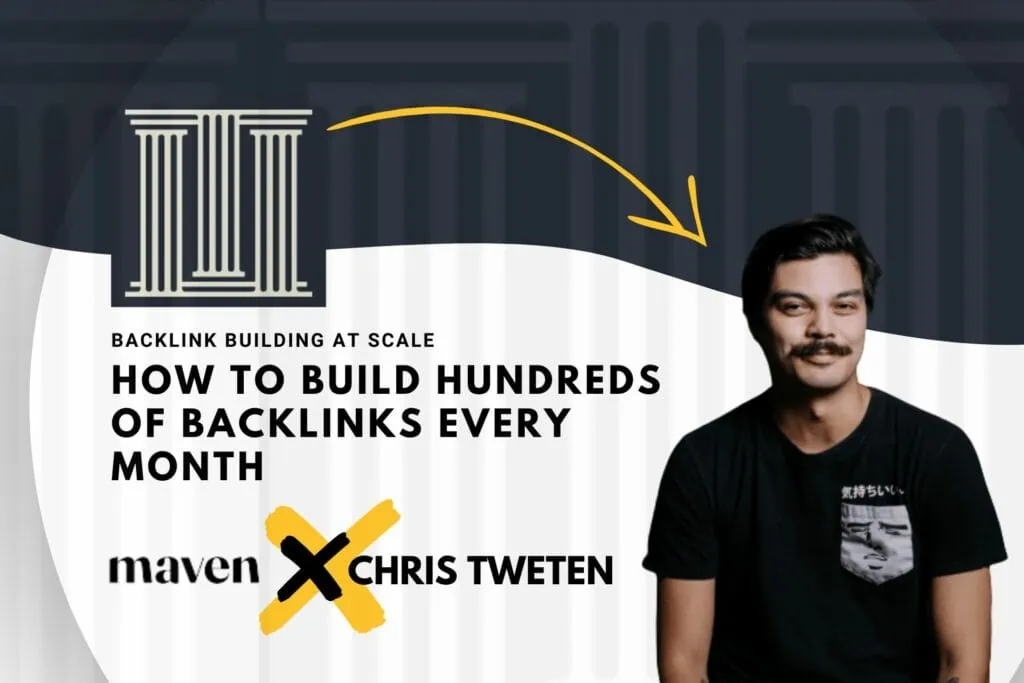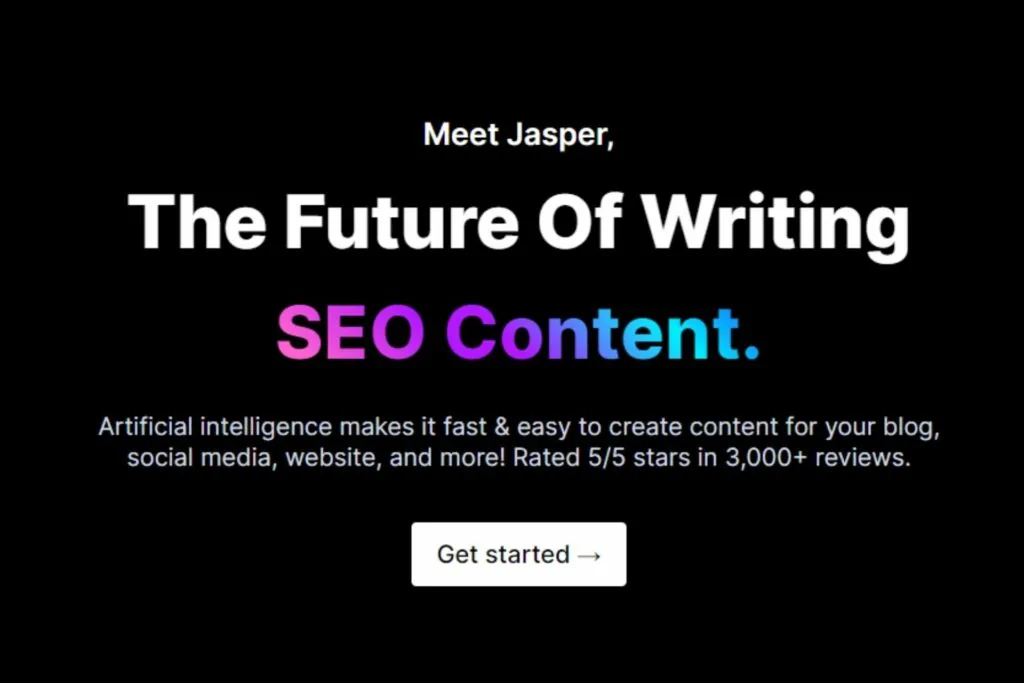Since the beginning of search engines, writers and companies have chased SEO — the slippery science of getting your results high up in Google’s search rankings to improve web traffic. More recently, however, the advent of cheap, easy-to-use AI copywriting tools enabled by GPT-3 has changed the game entirely. While AI-based copywriting has been steadily advancing for years, until recently it has never been good enough to be more than a party trick. We’re just now beginning to see the effects of companies using AI to produce written content en masse.
Already, AI-generated copy is being used to produce SEO-driven content at scale, even as Google claims to penalize such content. However, there are more uses for AI tools than simply evading the tactical cat-and-mouse game that many companies and SEO specialists play with Google. Rather, I see a future in which AI copywriting tools will dramatically increase the productivity and, eventually, quality of copywriters — but where the rise of such tools will also heighten demand for skilled human writers and editors.
Today, the widespread adoption of AI tools like Jasper and CopyAI is sparking new questions: How do AI copywriters stack up against human writers? How is the increased use of AI writing tools impacting SEO and search results? And most importantly for companies and creators, how can you intelligently use this AI revolution to your advantage?
The rise of AI-generated writing, powered by GPT-3
GPT-3 is a neural network machine learning model created by OpenAI that is used to translate written commands and generate text. GPT-3 is effectively AI for the everyman: Though it has been trained with absurdly large datasets — almost 500 billion byte-pair encoded tokens — and conditioned using over 175 billion machine learning parameters, GPT-3 can be used by almost anyone with ease.
GPT-3 requires only a small amount of input text to generate large volumes of relevant and sophisticated machine-generated output text.
In response, numerous automated copywriting applications have emerged that claim to produce high-quality material. Now those tools are upending the quest for SEO.
For many years, the SEO industry has been outsourcing cheap content writing to India and the Philippines. Within the past couple of years, many freelancers from these countries have begun using AI to spit out massive volumes of content. Why wouldn’t they? Google ranks AI-generated writing in search results and increased industry demand means that higher output can make freelancers more money than ever before.
It’s important to note that while much of this content is mediocre, AI copywriters are not inherently inferior; in fact, AI tools can be used to generate content that is indistinguishable from human output. But while AI-generated content is typically grammatically correct, AI copywriters are not always factually accurate, increasing the likelihood of disinformation or fake news. While GPT-3 has the potential to revolutionize the way we create content, we are only beginning to scratch the surface of what this powerful tool can do.
How to use AI copywriting tools as collaborators
Although AI is increasingly playing a role in content creation, there are new ways for human copywriters to remain relevant. GPT-3 promises unprecedented outputs at lightning speed, but the best results to date come from those using AI alongside specialized human editors and writers to produce content. AI-assisted copywriting will eventually impact more than just search strategy and SEO.
While the ways that AI copywriting tools work are many, here are the basic workflows:
- Copywriting: Write a prompt for the AI that includes the document title, content brief, and suggested tone.
- Blog content writing: Write a content brief for the AI that includes the document title, section headers, and tone. Add an empty line after each header and compose content for each section individually.
- Copy editing: Copy and paste text into the AI’s output field. Highlight this text and use the “fix grammar” tool or “rephrase” tool to edit it.
AI is a tool, and like any tool, it must be used correctly to be effective. Used properly, AI copywriting tools can be a valuable asset in any writer’s back pocket. Let’s generalize and say that without AI, an experienced writer can comfortably produce an average of 2,000 words per day. When trained to curate and edit AI-generated content, in my experience the writer’s output can quickly increase to 4,000 or 5,000 words daily, giving them the ability to be more productive with fewer false starts.
AI copywriters can also be used to help new writers learn the ropes by identifying grammatical errors and suggesting structural modifications to make writing more polished and conversational.
Over time, this helps writers improve their sentence structure, grammar, vocabulary, and overall value in the market.
Many different types of AI copywriting tools are available, including Copy.ai, Jasper, GrowthBar, Copysmith, and Writesonic, among others. Each has its own strengths and weaknesses. Some are better at grammar and spelling, while others can help with research and conceptualizing content at a high level.
Five common AI copywriting tools
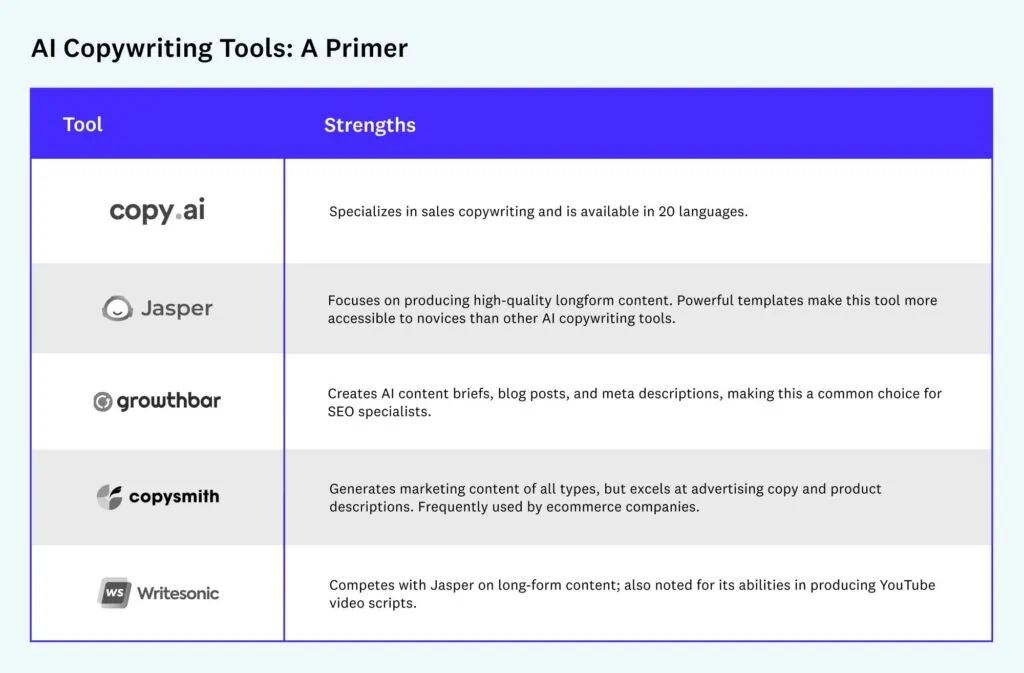
One point remains across all tools: AI copywriters are not a replacement for human writers — they are best used as an assistant to improve on human efforts. This means that while they can help with some aspects of writing, they should not be solely relied on to produce content in their current state.
Google and the search for quality content
Of course, one of the primary uses for AI copywriting tools is to produce more content for less money, helping companies rank higher on key terms through Google Search. Given Google’s current dominance as a search engine, the company’s perspective on AI-assisted content can have a dramatic impact on the industry.
When the trade publication Search Engine Journal ran the headline “Google Says AI Generated Content Is Against Guidelines” in April, it struck fear in the hearts of SEO specialists worldwide. The article left many wondering what it meant for the future of their AI-assisted domains and the industry as a whole.
But in fact, Google has been saying for years that it wants its search results to be populated by high-quality content and has been developing technologies to thwart spam content. It’s clear that Google is simply trying to discourage the use of low-quality, spun content — something that has been a problem long before AI copywriters were prevalent — so that high-quality, useful content is surfaced in search results. Back in 2011, for example, Google’s Panda/Farmer update killed off millions of cases of spun content, impacting 12 percent of all search results.
So, will you be penalized for using AI-written content?
Likely not — yet. Google’s algorithms aren’t able to automatically detect content generated by language models like GPT-3, according to Miranda Miller, senior managing editor of Search Engine Journal.
Even if Google considers all AI-written content to be spam, there have been many recent case studies of massively successful websites that pump out AI content. The latest Google broad core algorithm update in May 2022 seemingly penalized purely AI-written content, but AI-written content that is fact-checked and edited by humans still seems to avoid penalty and do just fine.
But while it’s safe to say that while Google may not be great at detecting AI-produced content today, that ability will inevitably improve.
Since an AI tool is trained a particular way using a specific data set, it will create homogeneity in content outputs at the macro level. For example, if Jasper AI was used to cover every keyword related to cooking, future articles using the same AI to cover the same topics might read similarly enough for Google to detect the use of AI more easily. At the very least, when there is a large enough data set to be analyzed by Google, patterns will emerge. That’s the core of its business model — indexing and analyzing the entirety of the internet — so this type of pattern recognition is inevitable.
But will Google penalize AI content? Assuming people act as opportunistically as they have in the past, and assuming history repeats itself, as it often does, it’s extremely likely. If a large portion of the internet becomes AI-generated and free from fact-checking, Google would be inclined to moderate search results for the greater good, just like it did with the Panda/Farmer update. This means that to avoid penalties, SEO specialists and founders alike will likely optimize their AI tools through collaboration with human editors and fact-checkers.
Looking ahead: What AI advances mean for the written word
What if AI-written content becomes indistinguishable from human counterparts?
This is less a question of if than when. For AI copywriters to bridge that technological gap, they will require stronger language modeling, larger datasets, and quality control checks baked into their platforms. The ability to fact-check text content is not far off based on advancements in technology used by social media platforms to prevent the spread of disinformation. It won’t be long before the content production economy sees drastic changes in the next two years.
Counterintuitively, however, I believe this shift will increase the demand for highly skilled human writers and editors going forward, for a number of reasons.
AI advances in the long term
First, as single AI copywriters become more popular, they grow closer to approaching homogeneity in outputs at a macro level. This will push Google toward developing more sophisticated detection algorithms and possibly implementing a wide-scale penalty. It will also mean that without human assistance, a large portion of the internet will read more uniformly than ever before. This is where specialized human editors become key.
Secondly, AI-generated content is most useful for educational content, not investigative reporting. The need for journalists and those doing independent research alongside human writers will persist as AI copywriters mature. Blue ocean content strategy will become more prevalent, resulting in a new generation of content specialists. As search results grow more competitive with the influx of AI-written content, content in knowledge areas that were previously untapped will be high in demand. The wide-open spaces where new interests, new niches, and new industries arise will become stomping grounds for content specialists.
Finally, in an effort to diversify writing styles and to improve how enjoyable content is to read, AI copywriters that specialize in certain fields, styles, and professions will emerge. We’ve already seen this to be true in different fields of marketing, where some platforms are better than others at, say, email marketing or sales copy. Writers and editors who work with these specialized AI copywriters will be a necessity for developing first-rate content. As AI copywriters become more specialized, there will be higher demand for human participation to fact-check and double-check AI outputs. The combination of AI for content scaling and human editors for quality assurance will likely become the industry standard.
